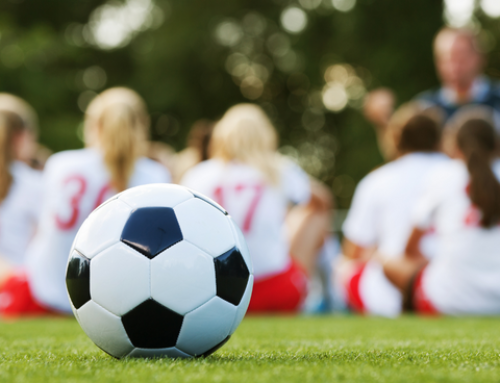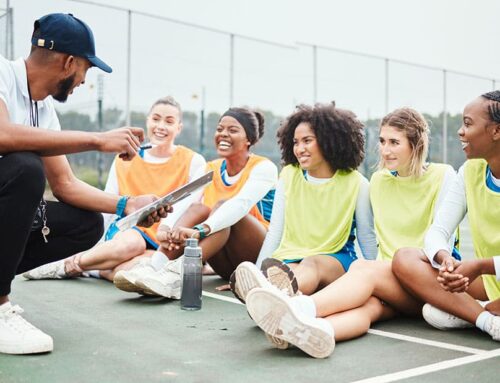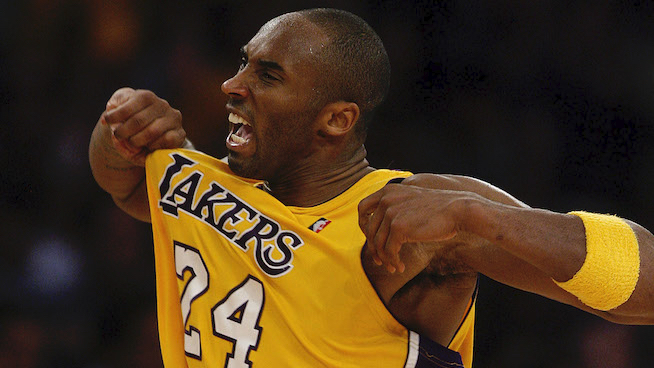College Tennis Doubles: The Pros Share Their Experiences
Many of the better college tennis players avoid playing doubles, but developing your skills in a different way can give you an advantage. Most tennis doubles professionals played college tennis before they hit the tour. And unlike most singles players, they have been able to keep up their careers well into their 30s.
Here, the pros talk about their experience playing doubles in college.
Bob Bryan, Stanford University
Bob and his twin brother Mike went from one year at Stanford University—where Bob won the triple crown at the NCAAs, a feat that has not been repeated—to forming the most successful doubles team of all time.
“Had we not gone to Stanford, we would not be where we are today,” says Bob, who decided to focus his career exclusively on doubles.
“Coach [Dick] Gould and Coach [John] Whitlinger were great coaches and great leaders,” he adds.” They really helped our overall game, and of course, our doubles.”
Gould emphasized aggressive play, and “he really had us always go for our backhand returns,” Bob says. Whitlinger “spent hours and hours on the practice court with us and was on the court when we won our NCAA Doubles Championship in 1998.”
Abigail Spears, UCLA
Thirty-two-year-old Spears turned professional in 2000 after playing college tennis at UCLA. In 2003, she made the mixed doubles final at the U.S. Open with partner Santiago Gonzalez. She has also had quite a bit of success on the tour in women’s doubles with partner Raquel Kops-Jones, who was an NCAA doubles champion at the University of California-Berkeley.
At UCLA, Spears learned to stay positive and be a team player. She says, “Encouragement and support go a long way in doubles. A positive attitude is the most frustrating thing your opponent will see, because it makes them doubt their success.”
Eric Butorac, Gustavus Adolphus College
Butorac not only made his way to the top of the professional doubles rankings, he did it coming from an NCAA Division III school—a rarity these days. He’s remained in the top 50 and earned more than $1 million since turning professional 10 years ago.
Playing college doubles taught Butorac to work with others. “Tennis is primarily an individual game, but in doubles, you have to work closely with another player,” he says. “This involves travel, scheduling, strategy, fitness and dealing with tough wins/losses throughout a year. Taking someone else’s needs into consideration is a skill that I definitely started to develop in college.”
Megan Moulton-Levy, College of William & Mary
In 2008, Moulton-Levy left William & Mary as its most successful player ever. She went straight to the professional tour, where she soon realized that she was having a lot more success in doubles than singles. She made the decision to concentrate on the former and never looked back.
This year, her talent was recognized by Coach Wayne Bryan (father of Bob & Mike), who added Moulton-Levy to his Sacramento Capitals WTT team.
Now she’s strictly a doubles player. Doubles, she says, “is something that is huge for all players, particularly in college. All of the college players who are playing pro are playing doubles.”
Rajeev Ram, University of Illinois
Ram turned professional after his freshman year. He left with two NCAA trophies—one for his teamwork and one for doubles (with Brian Wilson). Ram’s path on the circuit has been unusual, because just when it looked like he would be just a tennis doubles player, his singles game skyrocketed.
Mastering doubles in college, he says, was extremely valuable. “Before I went to school, I can count on one hand the amount of times I actually practiced doubles, and in college we did it every day. Those extra reps are a huge reason people can hone in their doubles skills in college.”
Read more:
[cf]skyword_tracking_tag[/cf]RECOMMENDED FOR YOU
MOST POPULAR
College Tennis Doubles: The Pros Share Their Experiences
Many of the better college tennis players avoid playing doubles, but developing your skills in a different way can give you an advantage. Most tennis doubles professionals played college tennis before they hit the tour. And unlike most singles players, they have been able to keep up their careers well into their 30s.
Here, the pros talk about their experience playing doubles in college.
Bob Bryan, Stanford University
Bob and his twin brother Mike went from one year at Stanford University—where Bob won the triple crown at the NCAAs, a feat that has not been repeated—to forming the most successful doubles team of all time.
“Had we not gone to Stanford, we would not be where we are today,” says Bob, who decided to focus his career exclusively on doubles.
“Coach [Dick] Gould and Coach [John] Whitlinger were great coaches and great leaders,” he adds.” They really helped our overall game, and of course, our doubles.”
Gould emphasized aggressive play, and “he really had us always go for our backhand returns,” Bob says. Whitlinger “spent hours and hours on the practice court with us and was on the court when we won our NCAA Doubles Championship in 1998.”
Abigail Spears, UCLA
Thirty-two-year-old Spears turned professional in 2000 after playing college tennis at UCLA. In 2003, she made the mixed doubles final at the U.S. Open with partner Santiago Gonzalez. She has also had quite a bit of success on the tour in women’s doubles with partner Raquel Kops-Jones, who was an NCAA doubles champion at the University of California-Berkeley.
At UCLA, Spears learned to stay positive and be a team player. She says, “Encouragement and support go a long way in doubles. A positive attitude is the most frustrating thing your opponent will see, because it makes them doubt their success.”
Eric Butorac, Gustavus Adolphus College
Butorac not only made his way to the top of the professional doubles rankings, he did it coming from an NCAA Division III school—a rarity these days. He’s remained in the top 50 and earned more than $1 million since turning professional 10 years ago.
Playing college doubles taught Butorac to work with others. “Tennis is primarily an individual game, but in doubles, you have to work closely with another player,” he says. “This involves travel, scheduling, strategy, fitness and dealing with tough wins/losses throughout a year. Taking someone else’s needs into consideration is a skill that I definitely started to develop in college.”
Megan Moulton-Levy, College of William & Mary
In 2008, Moulton-Levy left William & Mary as its most successful player ever. She went straight to the professional tour, where she soon realized that she was having a lot more success in doubles than singles. She made the decision to concentrate on the former and never looked back.
This year, her talent was recognized by Coach Wayne Bryan (father of Bob & Mike), who added Moulton-Levy to his Sacramento Capitals WTT team.
Now she’s strictly a doubles player. Doubles, she says, “is something that is huge for all players, particularly in college. All of the college players who are playing pro are playing doubles.”
Rajeev Ram, University of Illinois
Ram turned professional after his freshman year. He left with two NCAA trophies—one for his teamwork and one for doubles (with Brian Wilson). Ram’s path on the circuit has been unusual, because just when it looked like he would be just a tennis doubles player, his singles game skyrocketed.
Mastering doubles in college, he says, was extremely valuable. “Before I went to school, I can count on one hand the amount of times I actually practiced doubles, and in college we did it every day. Those extra reps are a huge reason people can hone in their doubles skills in college.”
Read more:
[cf]skyword_tracking_tag[/cf]











